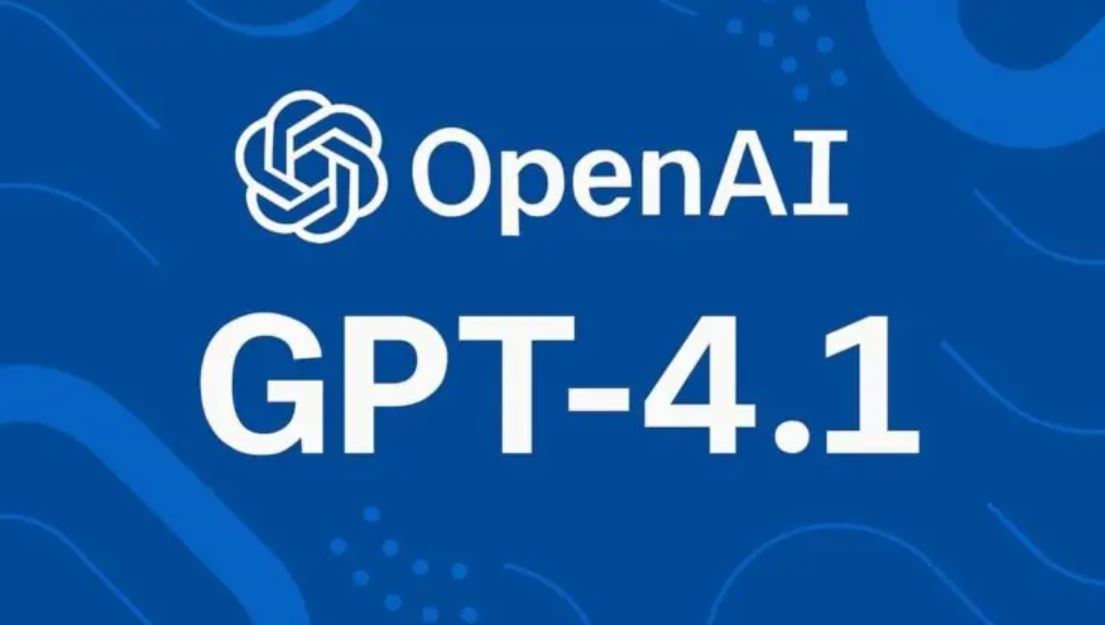 OpenAI has rolled out its latest language models—GPT-4.1 and its leaner sibling, GPT-4.1 mini—on ChatGPT. If you’ve ever juggled high performance with tight budgets, you’ll appreciate that these models are designed to deliver top-notch capabilities without the steep price tag. Initially available to paying subscribers, they’ll soon be accessible to both enterprise and education users.
OpenAI has rolled out its latest language models—GPT-4.1 and its leaner sibling, GPT-4.1 mini—on ChatGPT. If you’ve ever juggled high performance with tight budgets, you’ll appreciate that these models are designed to deliver top-notch capabilities without the steep price tag. Initially available to paying subscribers, they’ll soon be accessible to both enterprise and education users.
Within the ChatGPT interface, you can now choose your preferred model from the “more models” dropdown. Originally crafted for third-party developers through the API, GPT-4.1 made its way into ChatGPT thanks to overwhelming user demand. As Michelle Pokrass of OpenAI pointed out on X, the team couldn’t keep it under wraps for long. Meanwhile, Chief Product Officer Kevin Weil is keen for users to put the model’s coding prowess to the test.
Engineered with enterprise workflows in mind, these models have been fine-tuned to optimise performance; for instance, GPT-4.1 improves on software engineering tasks and instruction adherence while cutting verbosity by half—a benefit for teams under pressure. Although the standard context window remains at 8,000 tokens for free users (and up to 128,000 tokens for Pro users), the API version even handles up to a million tokens. That extra capacity can make processing large codebases or legal documents a smoother affair, even if there’s a slight performance dip with extremely large inputs.
OpenAI has also launched a Safety Evaluations Hub to give you a clearer picture of how the model performs under various tests. In factual accuracy benchmarks, GPT-4.1 holds its own, while the mini version offers an even more budget-friendly option without compromising on safety standards. Although Google’s Flash models might come in at a lower cost, many enterprise leaders may find that the model’s precise coding skills and robust instruction-following are worth the extra investment.
If you’re an enterprise decision-maker looking for a reliable AI to power your operations, GPT-4.1 strikes a thoughtful balance between speed, accuracy, and safety. With its improved performance in key areas and adaptable context handling, it’s a solid step towards streamlining data management and enhancing coding workflows across your teams.








